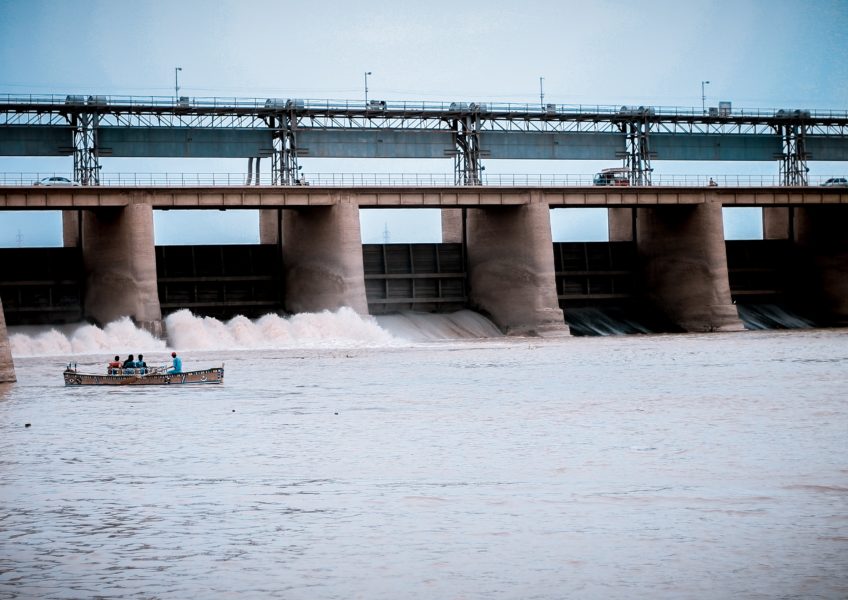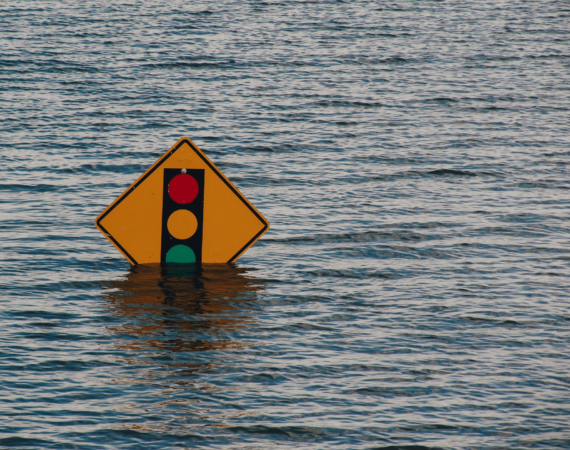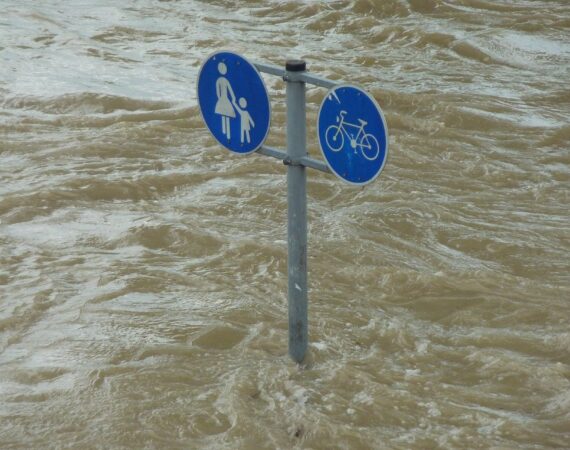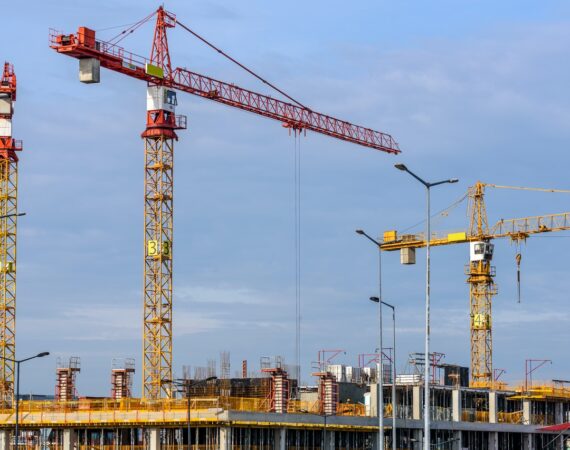How Concrete Dams are Constructed
A concrete dam is built in four shapes; gravity dam, concrete buttress dam, arch dam, and the arch-gravity dam. The gravity, buttress, and arch-gravity dams use their weight as strength to counteract water pressure by pushing downward. The arch dam uses the concrete as its strength by being weighed down from the pressure of water. Concrete isn’t strong when it’s being stretched or pulled, but is very strong in compression. The design of the dam will depend on the purpose and site. Once the extensive design process and planning are studied and tested, construction can begin.
Stopping the Water Flow
For any dam built, the first step is to divert the water from flowing through the construction site with a temporary structure. The water is diverted downstream from the dam site, then the flow is stopped just before the construction begins.
Foundation Area
The foundation area of the dam needs to be immaculate and may involve excavating, rock repair, cleaning, and adding rock or anchor bolts in potential fracture zones. During the early stages of the foundation preparation, instruments are installed to monitor joint movement, groundwater levels, potential seepage, slope movements, and seismic activity. To prevent weak points within the dam’s foundation, a cutoff wall is excavated to install reinforcements such as rebar that extend into the dam and tied inside the steel of the first dam lifts.
Pouring the Concrete
Along each section of the dam, forms are constructed of steel or wood with rebar placed inside and attached to another rebar previously installed. The dam is raised by sections of concrete 5-10 ft in height and about 50 ft in length. Larger concrete dams have observation galleries in different levels of the dam to observe the condition of the inside as the dam is being built.
Filling the Reservoir
Once a majority of the dam is built, the reservoir can start to be filled while being highly controlled to evaluate the stress and observe performance. For longer construction seasons, different stages of the dam are completed and a temporary spillway for emergencies is constructed.
Additional Structures
Additional structures are added as the dam reaches the elevation for their location such as components for erosion protection, instruments on the crest of the dam, roads, streetlights, sidewalks, and retaining walls. Other structures not included on the dam such as instrument buildings, the powerhouse, and residential homes for operators are also constructed.
Quality Control
Once the construction process is complete and the dam is put into service, routine maintenance, safety checks, monitoring, and rehabilitation exists as long as the dam is in service.
Forensic Engineering Specialists
Engineering Specialists Inc. has nearly 30 years of field experience in analyzing the damage to residential, commercial, and industrial buildings. We can work on any project in any state, nationwide. When you or your business needs to confirm the extent of damage or how to correct a problem, email us at office@esinationwide.com or call us, toll-free, at (877) 559-4010.




